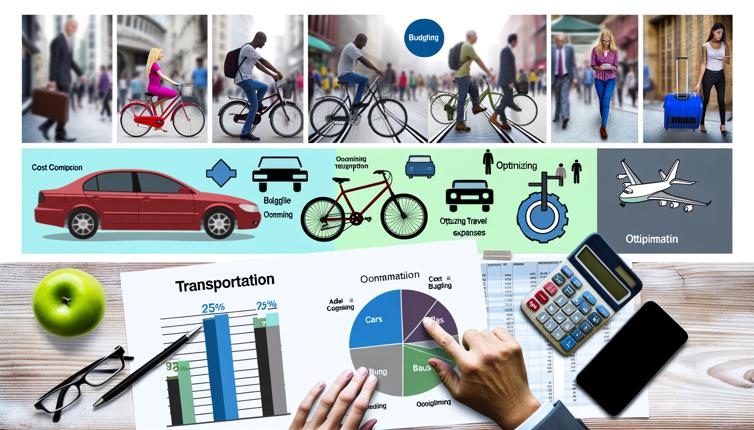Choose Public Transportation or Shared Rides
One of the most effective ways to reduce carbon emissions while traveling is by opting for public transportation whenever possible. Buses, trains, trams, and subways have higher passenger capacities and are more fuel-efficient compared to individual vehicles.,Another sustainable transportation option is using ride-sharing services like Uber Pool and Lyft Line. By sharing rides with other travelers heading in the same direction, you can significantly reduce the number of vehicles on the road and lower your carbon footprint.,Additionally, many cities now have bike-sharing programs, making it easy to rent a bicycle for short trips and explore the surroundings in an environmentally friendly way.
Consider Walking and Cycling
For shorter distances, walking or cycling is an excellent sustainable transportation choice. Not only will you reduce your carbon emissions to zero, but you will also enjoy the health benefits of physical activity.,Many cities have dedicated cycling lanes and pedestrian-friendly infrastructure, making it safer and more convenient to choose these modes of transportation. Plus, it gives you the opportunity to immerse yourself in the local culture and discover hidden gems along the way.
Choose Fuel-Efficient Vehicles and Hybrid Cars
When renting a car or considering purchasing one, opt for fuel-efficient vehicles or hybrid cars. These vehicles consume less fuel and emit fewer greenhouse gases than traditional cars with larger engines.,Electric vehicles (EVs) are also a promising sustainable transportation option. As the charging infrastructure continues to expand, EVs are becoming more accessible and practical for everyday use. They produce zero tailpipe emissions and can be powered by renewable energy sources.,If using your own car is unavoidable, make sure to keep it properly maintained. Regular tune-ups and tire checks improve fuel efficiency and reduce emissions.
Conclusion
Embracing sustainable transportation practices is crucial for reducing our carbon footprint while traveling. By choosing public transportation or shared rides, walking or cycling for shorter distances, and opting for fuel-efficient vehicles or hybrid cars, we can significantly contribute to a greener and more sustainable future. Remember, every small step counts!









